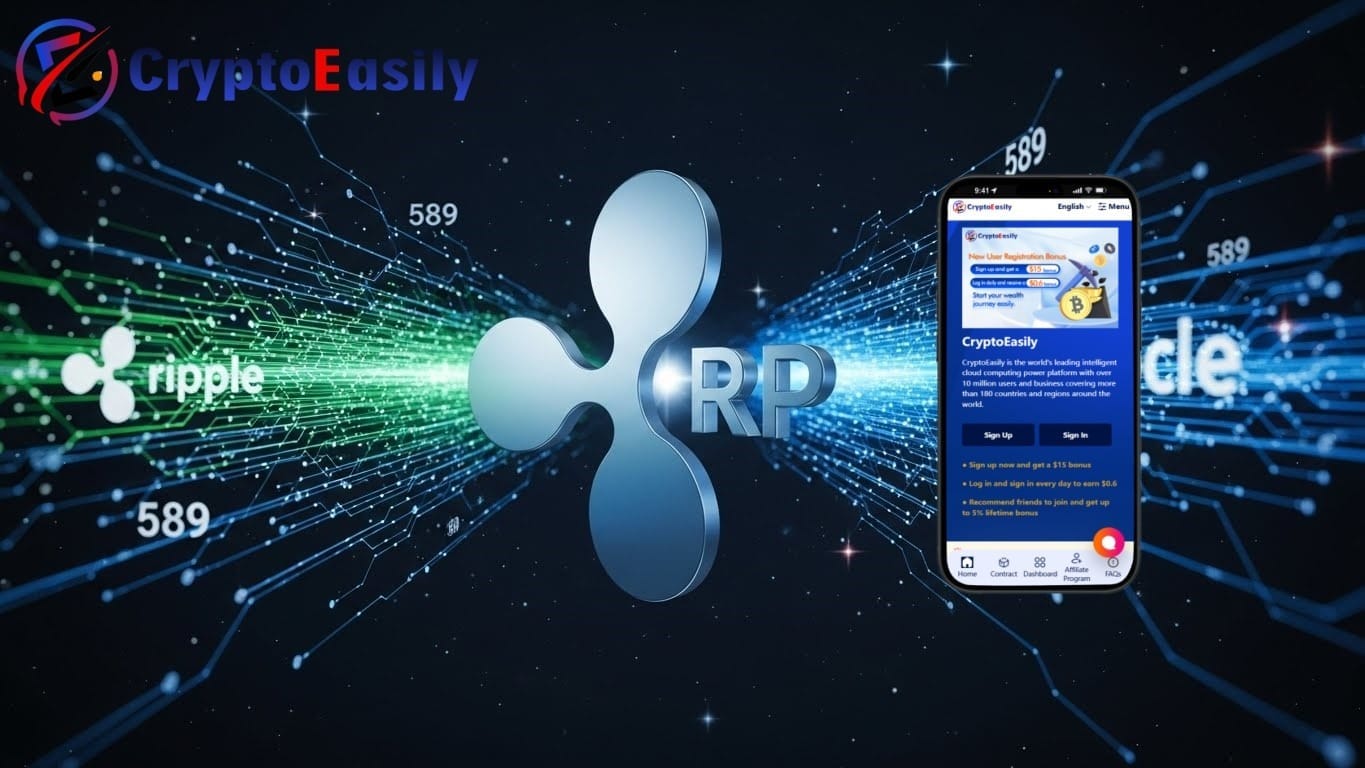Table of Contents
Polygon, previously called Matic Network, is now the top Ethereum Layer 2 scaling solution that provides faster and cheaper transactions while sustaining the safety and decentralization of the Ethereum blockchain. Among several differentiating factors of the Polygon ecosystem, there is its consensus mechanism known as Proof-of-Stake (PoS), whereby MATIC holders put up their tokens for staking and therefore earn a percentage of all the expenses associated with system security and approval process.
In this article, we shall provide introductory information about Polygon (MATIC) staking including what it involves, why you need to use it as well as how to start.
Understanding Polygon (MATIC) Staking
By “staking” in Polygon’s network one means they are putting aside some amount of MATIC coins into a smart contract so as to take part in building consensus within it. Validators or delegators hold such tokens to help secure the network and validate transaction blocks. For instance, they receive new coins created by the community along with proportionate sums from transaction fees collected on the network for their support.
Benefits of Staking MATIC
Stakers get several benefits from staking MATIC:
- Earn Passive Income: When you stake your MATIC coins you will start getting staking rewards which are paid out according to how much someone has staked in terms of MATIC.
- Contribute to Network Security: Validators play an essential role in validating transactions on the polygon network thus helping maintain its integrity.
- Low Entry Barrier: The minimum requirements for one to stake with the token are relatively low making it widely accessible compared to other staking opportunities.
- Eco-Friendly: This type of proof-of-stake algorithm is more eco-friendly than traditional proof-of-work systems used by many other cryptocurrencies when they work through validators or masternodes; this can be explained by a reduced amount of energy consumption.
Staking Requirements
These are the requirements for MATIC staking:
- Minimum Stake: The minimum number of MATIC you can stake is 1 MATIC.
- Wallet: Users should have a wallet that supports MATIC staking, such as a Polygon Web Wallet or Ledger hardware wallet.
- Unbonding Period: Whenever people want to unstake their tokens, there is always a time when no trading or transfer will be allowed for those coins. This is necessary to keep the network safe and secure.
Staking Process
Here is how you can stake your MATIC:
- Prepare a compatible wallet and ensure that you have attained the minimum required balance in it.
- Choose a Validator or Staking pool where you would like to delegate your MATIC tokens to; things to consider here include reputation, uptime, commission rates and overall trust from the community on any individual validator.
- Delegate your MATIC tokens through your wallet’s staking interface once you choose which validator or staking pool to use.
- After delegating your MATICs, you receive rewards based on your validators’ performance and the quantity of the delegated assets.
- Finally, stay updated with changes happening within the network by checking on any announcements from Polygon regarding new staking features among others via its interface.
Risks and Considerations
However, it should be noted that apart from potentially earning high returns while staking one’s assets with Polygon (MATIC), this process also comes with certain risks that must be taken into account:
- Price Volatility: The value of these “MATIC” tokens may go either up or down following market forces during their period of being put in stake mode.
- Validator Performance: The prizes earned through staking are determined by the overall performance and consistency of the selected validators. For one to maximize earnings, it is important that they choose a reliable validator.
- Unbonding Period: In this case, staked MATIC tokens cannot be used or transferred therefore limiting liquidity and flexibility.
In summary, Polygon (MATIC) staking offers an appealing chance for users to make profits while contributing towards ensuring the security and decentralization of the Polygon network. When users are aware of these benefits, requirements, and processes for staking; they would be in a position to decide wisely on their investments that could result in them earning passive income from MATIC stakes.
Despite that prior to stacking, there is a need for one to consider such risks and do proper investigations so as to ensure safety and get rewards out of it too.





